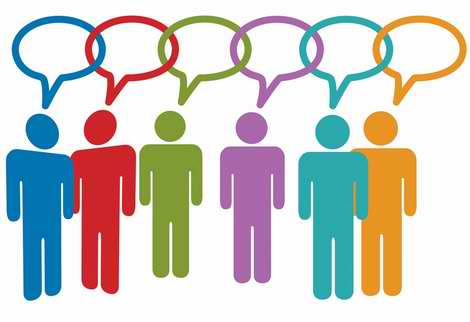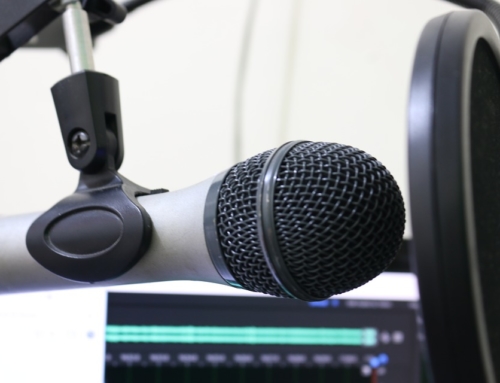This past Memorial Day weekend, my family and I spent a lot of time on the road. Which meant it was time to catch up on some podcasts. Wanting to switch it up a bit from our normal TED Radio Hour podcasts, we opted to listen to a couple of recent episodes of The Runner’s World Show.
A Running Story That Relates
The latest episode featured a lengthy interview with Lauren Fleshman. For those of you who are not familiar with Lauren, she is a retired professional runner, specializing in the 5,000 meters (5K) on the track. She was the U.S. champion at that distance in 2006 and 2010 and has competed at a world championship level. She competed in the 2011 New York City Marathon, placing 12th in her debut race at that distance. She has been dubbed “one of the best runners never to make an Olympic team.” Beyond that, she’s a very genuine and nice person with a huge social media following.
In 2008, Fleshman narrowly failed to make the USA Track and Field Olympic Team and accompany the athletes to Beijing. After the Olympic trials, Fleshman was dealing with a nagging injury, and finally made the decision to have it remedied with surgery. During her time of rehab and returning to running, Fleshman had a pivotal epiphany in her career and the way the running community operated.
You see, for most elite athletes (such as Fleshman), many do not know or understand the daily struggle, grind and pain that the rest of us “regular human” athletes endure to toe the line at our favorite races or play the sports we love well. As Fleshman was returning to running from her injury, she found that running was WORK for her – for the first time in her life. There was no “float” or “spring” to her step. She realized that this, THIS, is the way most people experience the sport of running. And something clicked.
At that time, Fleshman was also entering contract negotiations with her main sponsor, Nike. Coming off an injury and failing to make an Olympic team, she knew that her perceived value to Nike, on paper, was going to be less than it had been in the past. In a business that places extreme value on “time and place” to measure accomplishments, she was coming up short. Which is when she decided to make a pitch for a new approach to her contract and usefulness to the Nike brand.
By having to work harder than ever to come back from an injury and seeing the sport of running through the eyes of “normal” runners, Fleshman realized that the sport really needed a way to establish and encourage connection in the running community. People needed a place to go. To talk about running, issues they were having, seek support while going through injury. And she knew she could be the person to drive those connections and foster that community.
Unfortunately, at the time, Nike wanted no part in this idea or plan. Time and place. That’s what mattered for sponsored athletes.
Which is when Fleshman made the decision to part ways with Nike and seek sponsorship with companies that valued the runner community connection. Enter Oiselle Apparel. Oiselle, just a fledgling start-up company at the time, was taking a different approach to the clothing business. By focusing on women’s running and fitness apparel, they were building a brand that fostered connection, community and a healthy way of life with women.
Now, I realize that this all may sound like a really great build up to a pitch for Oiselle because they’re a brand that fosters connection in the running community and truly cares. But it’s not. This is about how what we do with our financial brands – how we connect with our communities as financial marketers – matters.
While speaking at a conference last week, I was making idle chat before my session with one of the bankers attending. As we were talking about what I did for a living and what MarketMatch was all about, he made a statement that stuck with me. Paraphrasing, he said: community banks seem to now be seeing the light and realizing that they need to be out in their communities, establishing connections with people, to help drive growth of the bank.
I smiled and nodded. No surprise, this is something we at MarketMatch have been seeing for quite some time now – both on the credit union and community bank sides of the industry.
So what does Lauren’s story have to do with your brand?
As an “elite” group of financial-savvy people in the world, sometimes we have a hard time understanding what our own customers, members, communities, and local business owners go through to manage their finances. We’re so close to our projects and operations and objectives that we fail to see the world through the consumer’s eye. We get the processes, because we built them. We understand how to get online or mobile banking to do what we want, because we manage the day-to-day maintenance of the system. We see all of the convenience our bank or credit union provides, because we live it day after day.
Do you see where this is heading? We don’t know life without the “float” or “spring” that comes with managing and marketing financial institutions.
Time and place. They’re wonderful for board room and management team metrics. But the real movement for your brand is going to come with connection, engagement and community. Pay attention to the soft side of the business first. The results will come.
In addition to being a strategic consultant for community banks and credit unions, MarketMatch also has nationally and internationally requested speakers. Contact us to bring our marketing ideas to your institution or next conference.
See our story here. (click)
Or email me directly (click)
937-856-1399
Follow us on Twitter @MarketMatch






